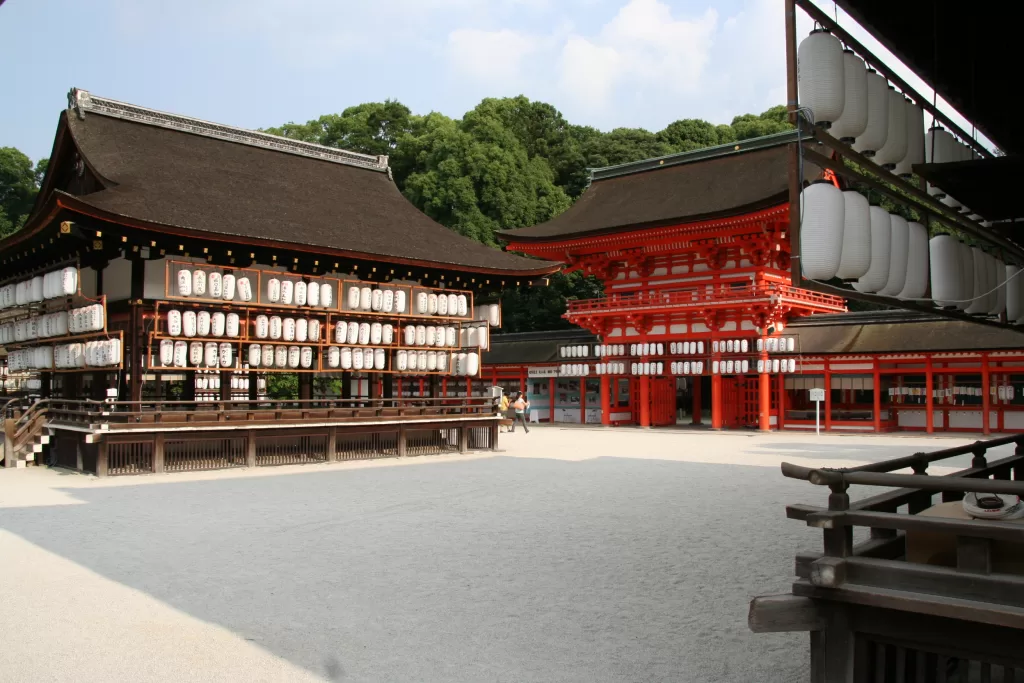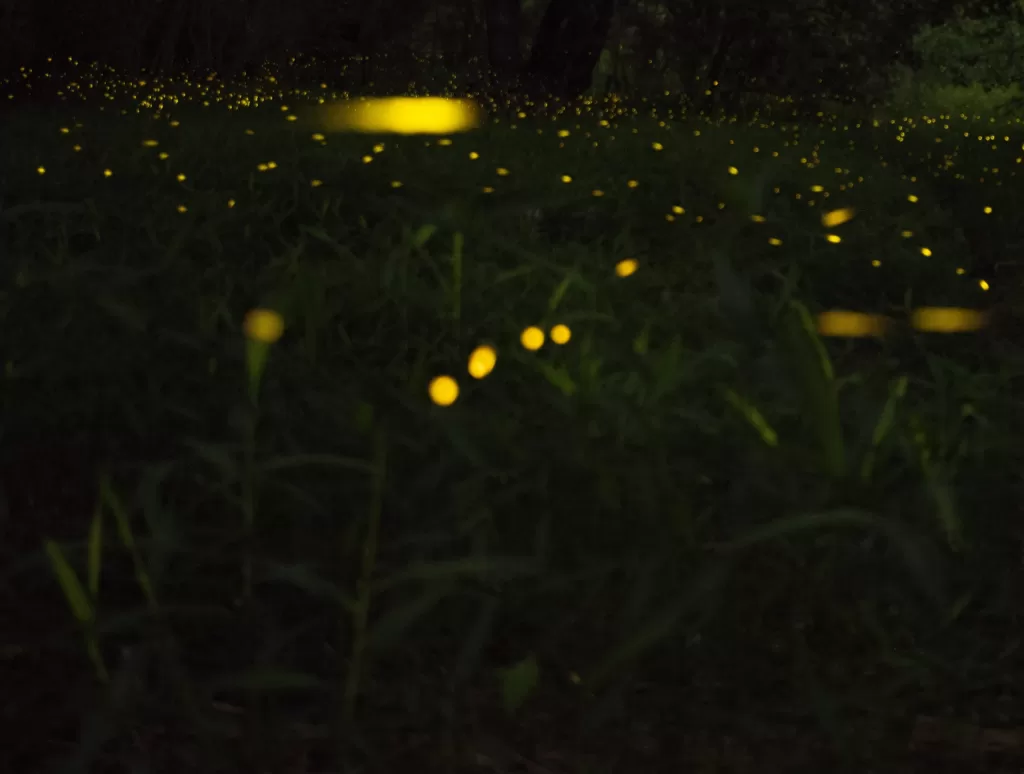Hotaru Bi no Chakai: The Serene Tea Ceremony Amidst Fireflies at Shimogamo Shrine

History of Shimogamo Shrine
The Shimogamo Shrine, colloquially known as Kamomiya Shrine, is steeped in history and cultural significance. As one of the most ancient shrines in Japan, its existence predates historical records, with the first mention of a fence repair dating back to as far 2 BC. This suggests the shrine might have existed even before that period.
Located at the confluence of Kamo and Takase Rivers in north-central Kyoto, it has been a vital spiritual center for many over centuries. In the Heian period in particular, it held tremendous political significance as prayers for securing the success of the capital were offered there.
This venerable shrine was also depicted in notable literary works such as ‘The Tale of Genji’. Boasting status as a UNESCO World Heritage Site, Shimogamo shrine comprises 53 distinguished cultural property buildings within its complex.
Revival of an Age-old Tradition
The scenic surrounds of this historic place transform into a mesmeric spectacle every year during June with the event – ‘Hotaru bi no Chakai,’ or ‘tea ceremony amidst fireflies.’ It’s one of the most fascinating Kyoto events in June.
This tradition traces its origin back to the Kansho period (1441-1446) when tea ceremonies were an integral part of festivities associated with fireflies. Unfortunately, factors like forest nationalization and subsequent pollution led to an extinction of fireflies in Tadasu no Mori or “The Forest of Justice”, which surrounds Shimogamo Shrine. Consequently, this age-long tradition faded away until it was revived in 1991 after almost one hundred years.
Driven by dedicated efforts from local communities and individuals who cleaned up and nurtured firefly larvae, there has been an impressive return of these luminescent insects to Tadasuno Mori Forest.

Celebrating Nature’s Glow
During this unique tea ceremony commenced typically around 8pm, about 600 fireflies are released over a stream called Mitarashigawa that flows through the intricately built shrine. As believers consume their tea sitting by the serene streamside under cool and breezy conditions typical on a summer’s evening, they find themselves amidst myriad tiny glows darting across space creating an ethereal atmosphere.
Hundred Lights Show
Caught against a backdrop of ancient vegetation sustained even within urban precincts, it offers a mesmerizing sight reminiscent of Japanese ink wash paintings.
In sync with conventional norms related to protective wear stored at Shinfukuden Hall, Junihitoe (twelve-layer traditional kimono) dressing takes place on festival day adding flavor to this yearly gathering. This coupled with traditional Japanese music performances ensure that visitors enjoy both auditory and visual experiences making these gatherings highly anticipated events among locals and tourists alike.
Culinary Times at Shimogamo Shrine
This time-honored occasion doesn’t merely stop with taking care of visual beauty and music melody; it also addresses tastes buds too. Along the path leading to Shimogamo Shrine’s precincts several tea shops set up stalls offering authentic Japanese tea complemented perfectly with native sweetmeats making it an unforgettable experience for attendees.
If you want to witness the rich traditions and cultural significance of rice cultivation in Kyoto, take advantage of the Taue-sai Rice Planting Festival at the Fushimi Inari Taisha shrine. Immerse yourself in the festivities as men and women dressed in historic farming costumes perform traditional dances, setting the stage for the ritual rice planting. The festival begins with a grand ritual offering of food, including sumptuous plates of fish, vegetables, and sake, presented to the gods.